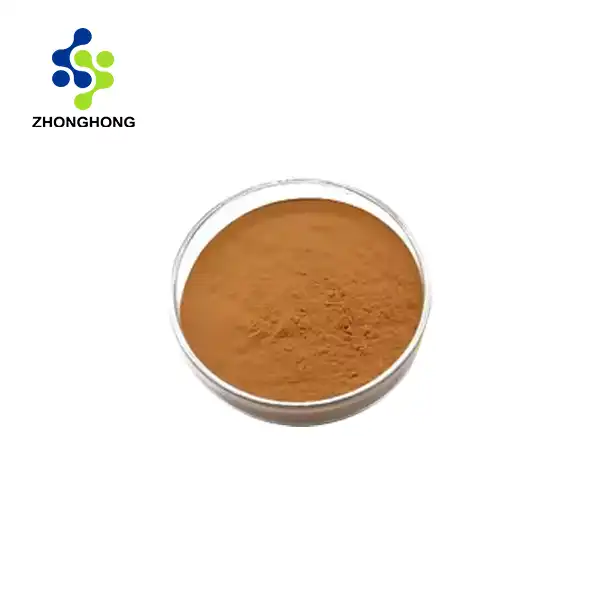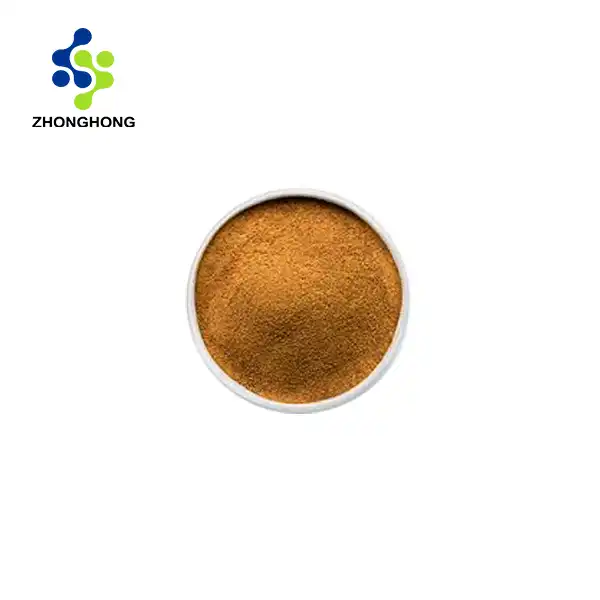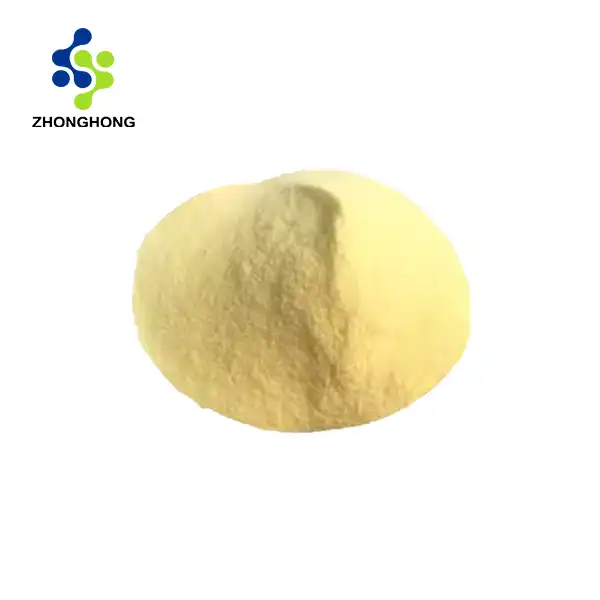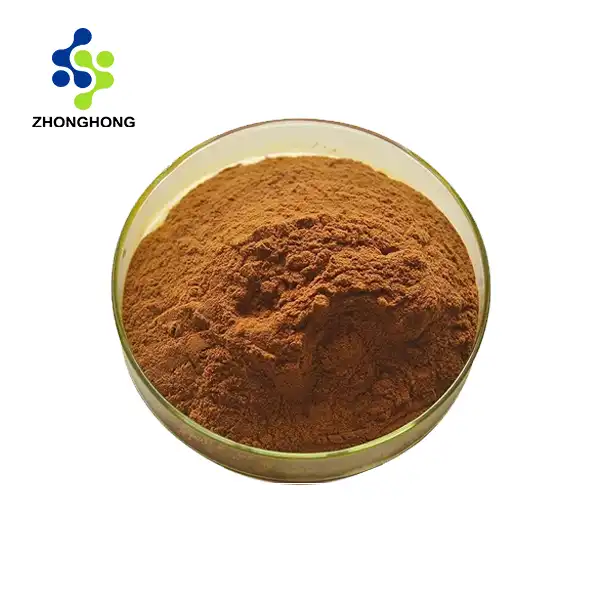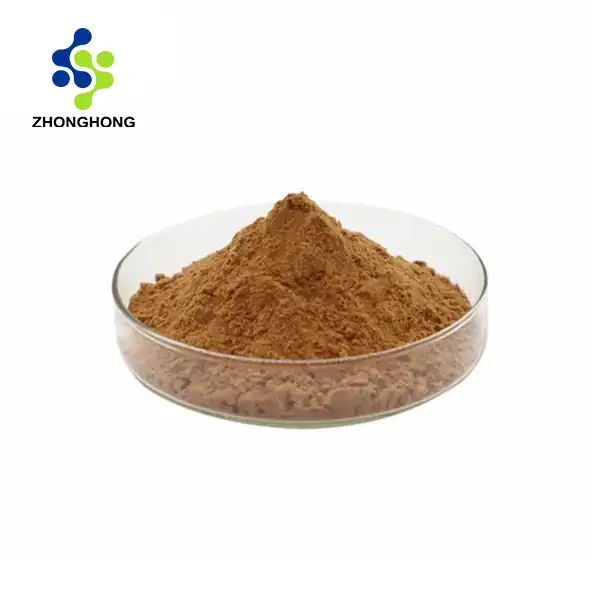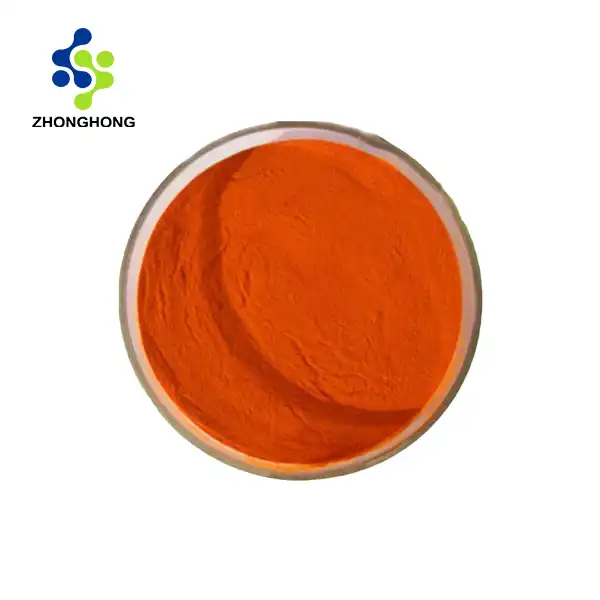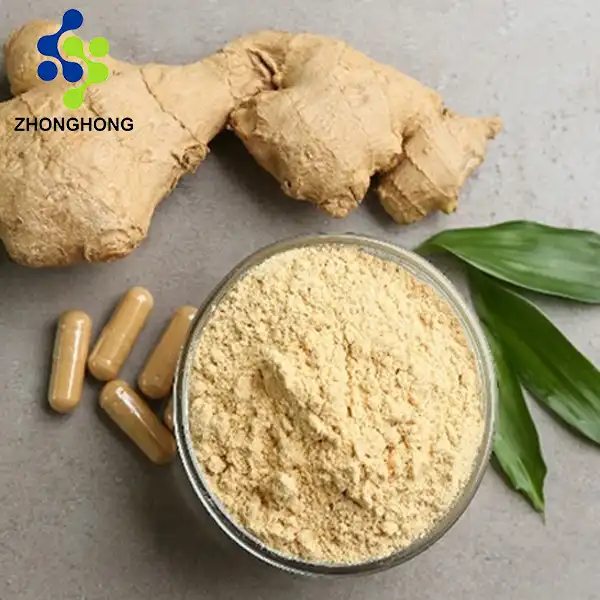Can you mix fruit acid powder and kojic powder?
2025-01-20 13:48:44
Fruit acids, also known as alpha-hydroxy acids (AHAs), are excellent exfoliants that help remove dead skin cells and promote cell turnover. Kojic Acid Powder, on the other hand, is renowned for its skin-brightening properties and ability to inhibit melanin production. When used together, they can offer a comprehensive approach to improving skin texture, tone, and overall appearance. However, it's essential to exercise caution and follow proper guidelines to avoid potential irritation or adverse reactions. The key lies in understanding the correct ratios, pH levels, and application methods to ensure optimal results and minimize the risk of skin sensitivity.
Understanding Fruit Acids and Kojic Acid Powder
The Science Behind Fruit Acids
Fruit acids, predominantly alpha-hydroxy acids (AHAs), are naturally occurring compounds found in various fruits. These organic acids have gained significant popularity in the skincare industry due to their remarkable exfoliating properties. The most common fruit acids include glycolic acid from sugarcane, lactic acid from milk, citric acid from citrus fruits, and malic acid from apples. These acids work by loosening the bonds between dead skin cells, facilitating their removal and revealing fresher, more radiant skin underneath. Additionally, fruit acids can stimulate collagen production, improve skin hydration, and enhance the penetration of other skincare ingredients.
The Power of Kojic Acid Powder
Kojic Acid Powder is a natural compound derived from various fungi species during the fermentation process of malting rice for sake production. This potent ingredient has earned its reputation as a skin-brightening agent due to its ability to inhibit tyrosinase, an enzyme crucial in melanin production. By reducing melanin synthesis, kojic acid helps fade dark spots, hyperpigmentation, and uneven skin tone. Moreover, it possesses antioxidant properties that protect the skin from free radical damage and may contribute to a more youthful appearance. Its versatility in addressing multiple skin concerns has made it a sought-after ingredient in various skincare formulations.
Synergistic Effects of Combining Fruit Acids and Kojic Acid
When fruit acids and Kojic Acid Powder are combined, they can create a synergistic effect that amplifies their individual benefits. The exfoliating action of fruit acids helps remove the outer layer of dead skin cells, allowing the kojic acid to penetrate more effectively and target deeper layers of the skin. This enhanced penetration can lead to more pronounced skin-brightening effects and improved overall skin texture. Furthermore, the combination can address a wider range of skin concerns simultaneously, from fine lines and wrinkles to dark spots and uneven skin tone. However, it's crucial to remember that this potent combination may also increase the risk of skin sensitivity, making proper formulation and application essential.
Proper Mixing Techniques and Precautions
Determining the Right Ratios
When mixing fruit acid powder and Kojic Acid Powder, it's crucial to establish the correct ratios to ensure efficacy and minimize the risk of irritation. The optimal ratio depends on various factors, including skin type, sensitivity, and specific skin concerns. As a general guideline, a mixture containing 2-5% fruit acid and 1-2% Kojic Acid Powder is often considered safe and effective for most skin types. However, it's advisable to start with lower concentrations and gradually increase as your skin builds tolerance. For sensitive skin, a ratio of 1% fruit acid to 0.5% Kojic Acid Powder may be more appropriate. It's important to note that these ratios are suggestions, and consulting with a skincare professional or dermatologist is recommended for personalized advice.
pH Considerations
Maintaining the correct pH level is crucial when mixing fruit acids and Kojic Acid Powder. Both ingredients are most effective within specific pH ranges. Fruit acids typically work best at a pH between 3.0 and 4.0, while Kojic Acid Powder is most stable and effective at a pH between 3.8 and 5.0. When combining these ingredients, aim for a final pH of around 4.0 to 4.5 to ensure optimal effectiveness of both components. To achieve this, you may need to use a pH adjuster or buffer solution. It's essential to use pH testing strips or a digital pH meter to accurately measure and adjust the pH of your mixture. Failure to maintain the proper pH can result in reduced efficacy or increased skin irritation.
Safety Measures and Patch Testing
Before applying any mixture of fruit acid powder and Kojic Acid Powder to your face, it's crucial to conduct a patch test. This involves applying a small amount of the mixture to a discreet area of skin, such as the inner forearm, and observing for any adverse reactions over 24-48 hours. If you experience redness, itching, burning, or any other signs of irritation, discontinue use immediately. When using the mixture, start with a short application time of 5-10 minutes and gradually increase as your skin adapts. Always follow up with a broad-spectrum sunscreen, as both fruit acids and kojic acid can increase skin sensitivity to UV radiation. It's also advisable to use the mixture at night and avoid combining it with other potent active ingredients like retinoids or vitamin C to minimize the risk of irritation.
Application Methods and Skincare Routine Integration
Proper Application Techniques
When applying a mixture of fruit acid powder and Kojic Acid Powder, it's essential to use the correct technique to maximize benefits and minimize potential irritation. Begin by cleansing your face thoroughly with a gentle, pH-balanced cleanser. Pat your skin dry and ensure it's completely free of any residual products. Using clean fingertips or a soft brush, apply a thin, even layer of the mixture to your face, avoiding the delicate eye and lip areas. Be cautious not to over-apply, as this can increase the risk of irritation. Gently massage the product into your skin using upward, circular motions. Allow the mixture to remain on your skin for the predetermined time, starting with shorter durations and gradually increasing as your skin builds tolerance. After the allotted time, rinse thoroughly with cool water and follow up with a hydrating, non-comedogenic moisturizer.
Frequency of Use
The frequency of using a fruit acid and Kojic Acid Powder mixture depends on various factors, including your skin type, sensitivity, and the concentration of the ingredients. For most individuals, starting with once or twice a week is recommended. As your skin adapts, you may gradually increase the frequency to 3-4 times a week. However, it's crucial to listen to your skin and adjust accordingly. If you notice any signs of irritation, redness, or excessive dryness, reduce the frequency or discontinue use. It's also important to note that overuse can lead to over-exfoliation, which may compromise your skin barrier and lead to increased sensitivity. Always allow your skin adequate time to recover between applications and avoid using the mixture on consecutive days, especially when first starting.
Incorporating into Your Skincare Routine
Integrating a fruit acid and Kojic Acid Powder mixture into your existing skincare routine requires careful consideration to avoid potential conflicts with other products. It's best to use this mixture in the evening, as both ingredients can increase photosensitivity. Start by cleansing your face and applying any lightweight, hydrating serums or essences. Wait for these products to absorb fully before applying the fruit acid and kojic acid mixture. After rinsing off the mixture, follow up with a nourishing moisturizer to help restore hydration and support your skin barrier. On nights when you're not using the mixture, focus on hydration and skin barrier support with ingredients like hyaluronic acid, ceramides, and niacinamide. In the morning, always apply a broad-spectrum sunscreen with at least SPF 30 to protect your skin from UV damage, which is especially important when using exfoliating and brightening ingredients.
Conclusion
Mixing fruit acid powder and Kojic Acid Powder can be a powerful combination for addressing various skin concerns. When used correctly, this duo can enhance skin texture, tone, and overall radiance. However, it's crucial to approach this mixture with caution, understanding the proper techniques, ratios, and safety measures. Always prioritize patch testing, gradual introduction, and consistent sun protection. For optimal results and personalized advice, consult with a skincare professional or dermatologist. If you want to get more information about this product, you can contact us at liaodaohai@gmail.com.
References
1. Sarkar, R., Arora, P., & Garg, K. V. (2013). Cosmeceuticals for Hyperpigmentation: What is Available? Journal of Cutaneous and Aesthetic Surgery, 6(1), 4-11.
2. Draelos, Z. D. (2000). Alpha-hydroxy acids, beta-hydroxy acid, and other topical agents. Dermatologic Therapy, 13(2), 154-158.
3. Yamamoto, Y., Uede, K., Yonei, N., Kishioka, A., Ohtani, T., & Furukawa, F. (2006). Effects of alpha-hydroxy acids on the human skin of Japanese subjects: The rationale for chemical peeling. The Journal of Dermatology, 33(1), 16-22.
4. Lim, J. T. (1999). Treatment of melasma using kojic acid in a gel containing hydroquinone and glycolic acid. Dermatologic Surgery, 25(4), 282-284.
5. Green, B. A., Yu, R. J., & Van Scott, E. J. (2009). Clinical and cosmeceutical uses of hydroxyacids. Clinics in Dermatology, 27(5), 495-501.
6. Chaowattanapanit, S., Silpa-Archa, N., Kohli, I., Lim, H. W., & Hamzavi, I. (2017). Postinflammatory hyperpigmentation: A comprehensive overview: Treatment options and prevention. Journal of the American Academy of Dermatology, 77(4), 607-621.
YOU MAY LIKE
_1728976869676.webp)
